 Paolo Gervasi is a Marie Skłodowska-Curie Research Fellow at Queen Mary University of London, working on a project that analyses as emotional symptoms the presence of caricatures and deformations in literary texts. This is the text of the talk he gave on November 20th at the Royal College of Nursing in London for the event Emotional Objects: From Lost Amulets to Found Photos, organised by the Centre for the History of Emotions of Queen Mary University as part of the Being Human Festival 2017. The post is reposted with his permission from Paolo’s own blog.
Paolo Gervasi is a Marie Skłodowska-Curie Research Fellow at Queen Mary University of London, working on a project that analyses as emotional symptoms the presence of caricatures and deformations in literary texts. This is the text of the talk he gave on November 20th at the Royal College of Nursing in London for the event Emotional Objects: From Lost Amulets to Found Photos, organised by the Centre for the History of Emotions of Queen Mary University as part of the Being Human Festival 2017. The post is reposted with his permission from Paolo’s own blog.
With this talk, I hope I can suggest a standpoint on the literary work of the Italian contemporary writer Michele Mari by showing how his writing is consistently focused on the relation between memories and objects. In his last book, Leggenda privata, an autobiography disguised as a horror story (but also the other way round: a horror story disguised as an autobiography), published a few months ago, he writes: ‘All my books are about the soul entrusted to things’.
Before going into Mari’s emotional fetishism, though, I want to introduce another outstanding fetishist, Marcel Proust.
I assume few people in the world, even among literary scholars, have read the thousands of pages of Marcel Proust’s Remembrance of Things Past (1913-1927) entirely. But I’m pretty sure a fairly larger number of people know the most famous scene of the novel, whose main character is a traditional shell-shaped French cake, the madeleine.
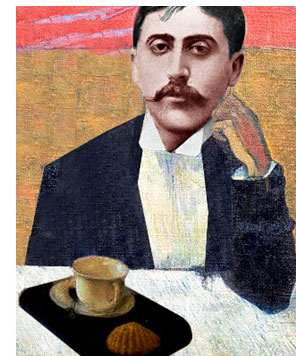
Tasting the madeleine soaked in a cup of tea Marcel, the first person narrator, feels an unaccountable and deeply physical sensation of joy, which is associated with a stream of memories from his childhood. Places, objects, and feelings emanate from the cup of tea to be vividly projected before Marcel as in a theatre. Marcel realises he used to have the same cake when he was a child and comments:
The past is hidden somewhere outside the realm, beyond the reach of intellect, in some material object (in the sensation which that material object will give us) which we do not suspect.
Hence, the madeleine has become one of the most popular emotional objects in literary history. The Museum of Illiers-Combray, the village where Proust spent his boyhood and which inspired part of the novel, reconstructed the rooms of Proust’s family house, and there for a long time displayed the actual cake.
Eventually, to prevent the deterioration of the cake, the Museum decided to create a madeleine made of plastic. Far beyond Proust’s intention, the plastic madeleine strengthens the reification of emotions; it solidifies what for Proust was a fleeting sensation spreading not from the objects in itself, but from the relation with it.
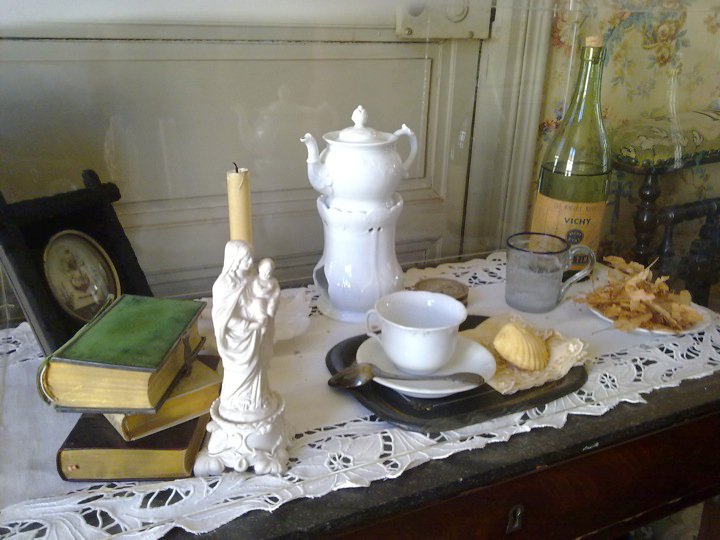
Mari tells the story of the plastic madeleine in the foreword of his book Tutto il ferro della torre Eiffel (2002), a fanta-historical novel whose characters are among the most important intellectuals of the first half of the twentieth century (philosophers, writers, artists, publishers, entrepreneurs), all of them obsessed by objects, and connected to each other through the exchange of objects. In the age of the triumph of commodities, for the fictional avatars of these thinkers, things become magic talismans that enable the vision of an alternative reality.
The magical power of “stuff” embodies the paradox of emotional objects: the human mind projects emotions into things; things absorb an emotional energy which increasingly detaches from human control. Objects seemingly assume an independent emotional life that we don’t fully recognise as ours. As for the plastic madeleine: did we really create such a thing? Or, in Mari’s terms: is this cheap and kitsch solidification the destiny of our imaginations?
On this mechanism of reification is grounded the creation of fetishes, which is anthropologically related to the origin of cults and religions. The Oxford Dictionary defines the fetish as ‘an inanimate object worshipped for its supposed magical powers or because it is considered to be inhabited by a spirit’. Fetishes are objects whose emotional value is overcharged to the point of disrupting hierarchies between what is animate and what is inanimate, of reversing the relation of ownership. The fetish owns its owner.
Across time, several interpretations gathered around the concept of fetish. Famously, Sigmund Freud stated that we (and by “we” Freud generally means “men”) create fetishes insofar as we look for objects that can substitute our penis in case of castration. Or, we create fetishes as substitutions of the absent female penis. Karl Marx explained that capitalism forces us to attribute an emotional value to commodities because affection toward objects makes us more efficient and compulsive consumers. Walter Benjamin, not by chance the main character of Mari’s Tutto il ferro della torre Eiffel, overturned this idea and conceived fetishism as a liberation of the object from its functions, as a freely creative use of things.
Literature recursively explored the idea that when we interact with objects, we transfer to them some of our living substance. After its involvement in human activities, something alive inhabits the object, a portion of human vitality pulsates within it. In his collection Shorts, the poet W.H. Auden wrote:
Our tables and chairs and sofas
know things about us
our lovers can’t.
Sharing this belief, in 2015 Michele Mari conceived together with the photographer Francesco Pernigo what he called an autobiography by fetishes, titled Asterusher. A book composed of photographs of his most meaningful objects, conserved in his houses. Each image is commented by captions the author wrote specifically or passages from his previous books. Comments connect objects to key life experiences, according to the idea that, as he wrote, ‘our memories are themselves fetishes’.
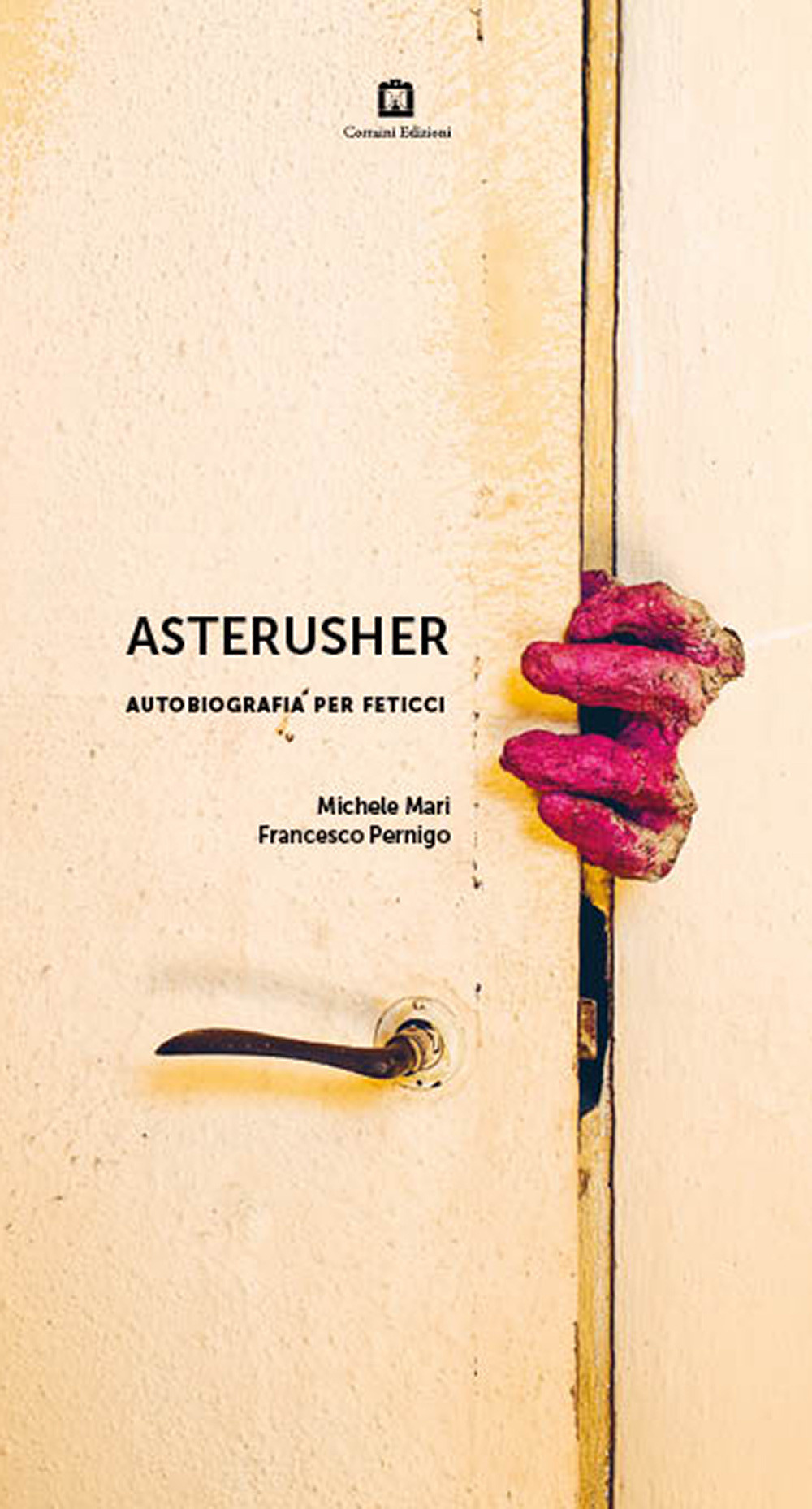
The title of the book merges two tales: The House of Asterion by Jorge Luis Borges and The Fall of the House of Usher, by Edgar Allan Poe. In both tales, the house is conceived as a living organism and a sort of material extension of the owner’s body and mind. Inspired by these tales, Mari places side by side his experience of the house and the experience of the ghost he imagined in his book Fantasmagonia (2012). For both of them, inhabiting a house means ‘breathing the molecules of which the house is made’, and thus ‘becoming part of the house itself’. For the ghost, as for the writer, contemplating a particular spot or object of the house is ‘to gaze from within a precise point of his own mind’.
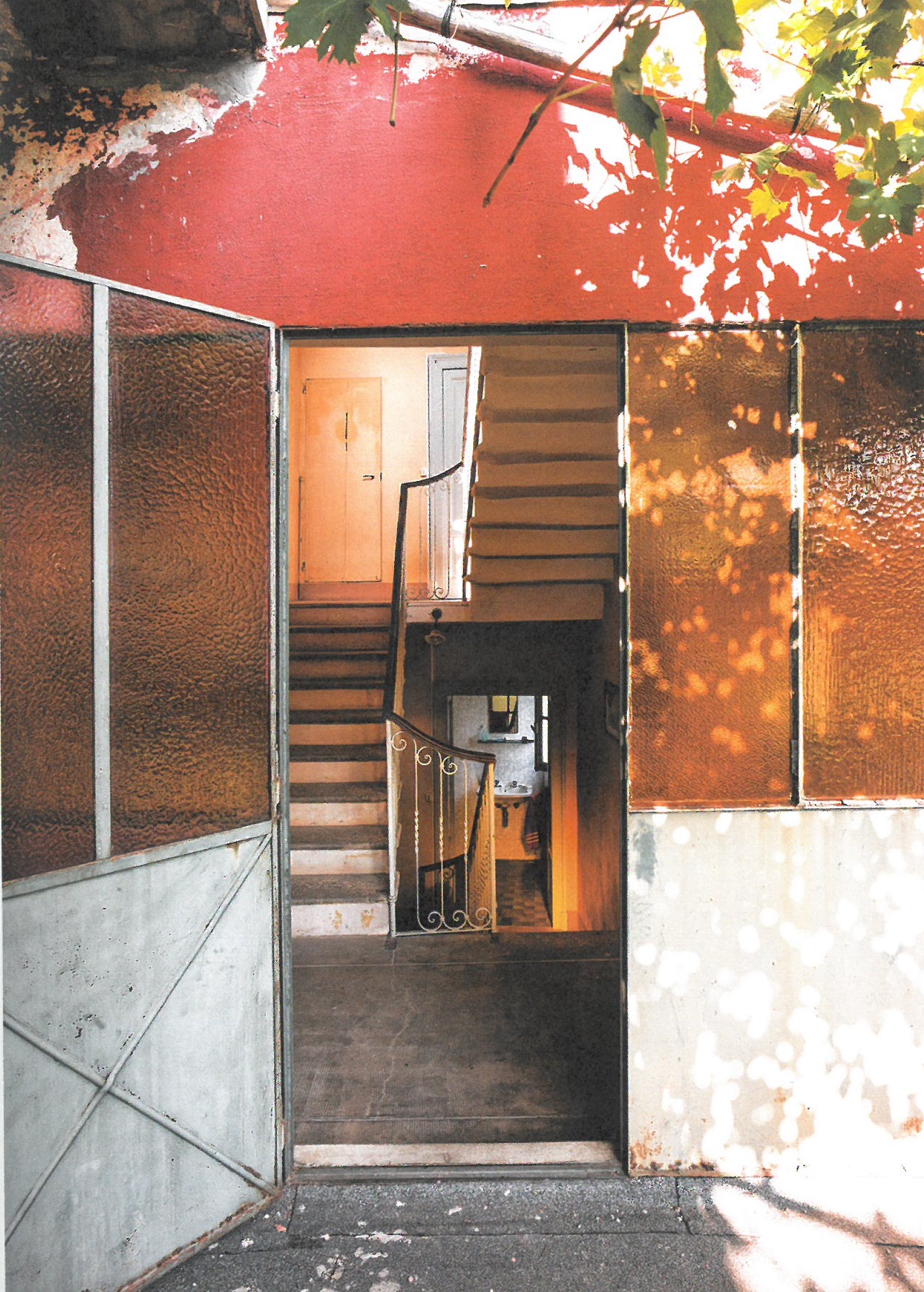
The mind of the author is displaced in the spaces he inhabits. Hence the tight entanglement he establishes between his familiar things and emotional and psychological conditions.
In another of the tales published in Fantasmagonia, titled Ballata triste di una tromba, Mari imagines a character who collects things as material equivalents of his memories, objects embodying feelings connected to specific life experiences:
This oak branch is our father; every time I miss him, or when I can’t remember his smile, I hold tight the branch and I’m again together with him. This violet quartz is the revolution: when I can’t figure out anymore what we wanted, I brush its crystals and remember. This crown cap it’s my childhood: to handle it is really dangerous. […] This marble is someone who once betrayed me. This ring is a dog. This spoon, a house.
Objects create, as Mari writes, ‘a perfect correspondence of images and emotions’. In objects, he embodies his fears, traumas, and psychic distresses. With the idea that once emotions are reified, are made solid, they can be handled. Once emotions are outside us, can be observed, questioned, and even understood.
Dangerous presumption. In fact, objects turned into fetishes have supernatural powers. They can’t bear to be dominated. They are dominant. They have their own agency; they impose their agenda, which is slightly different from the owner’s.
Emotional objects can eerily start to question us back. They can become scary, as children know very well. The child lives in an enchanted world where objects hide presences, where spirits and monsters do exist and disguise themselves underneath the appearances of everyday life. As in this passage from Asterusher:
Who lifts the cloth and the piano’s lid, by night? Who brushes the keys with pale fingers? Since I was a child I knew that was the dark woman of the painting, who would follow me with her gaze while I moved; and at whose eyes it was better – it is better – not to look too much.
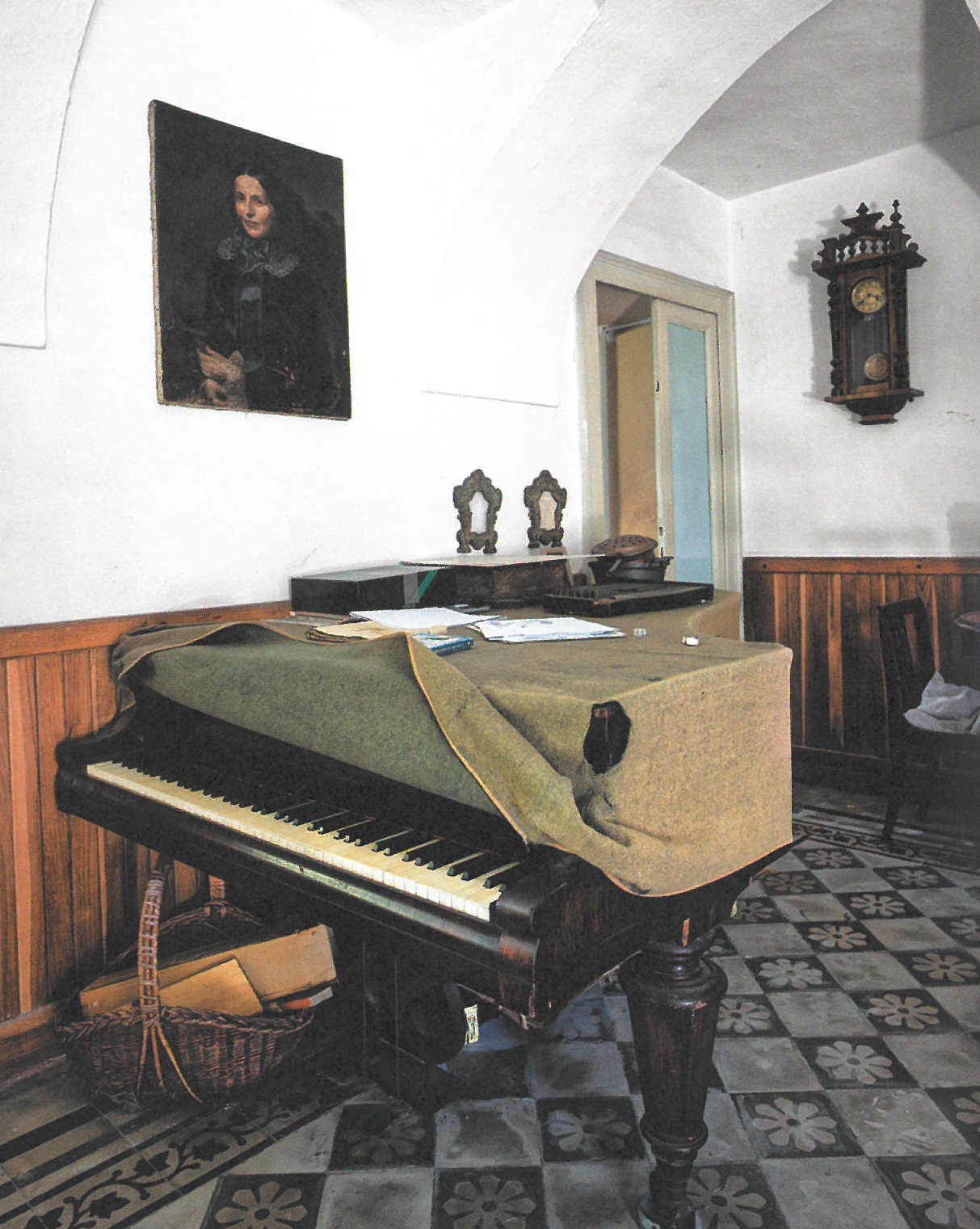
Most of Mari’s emotional objects are vestiges of childhood. In one of the tales of the book Tu, sanguinosa infanzia (1997), he writes that the comic books he used to read as a kid are ‘documents, fossils […] little corpses that refuse to die […] monstrous clots, superhuman concentrate of melancholy, monuments to my solitude, sacred things!’.
The early and consuming passion of the young writer for reading triggers fetishization. Mari doesn’t simply read books; he physically merges with books. In Leggenda privata he writes:
When I was a child, I started to transfer particles of my soul in the books I read, until the full displacement. This way I could circulate the world as an insensitive golem without suffering too many damages, and when I wanted to recover a bit of my soul, I would have gone and look for it where I concealed it, in books.
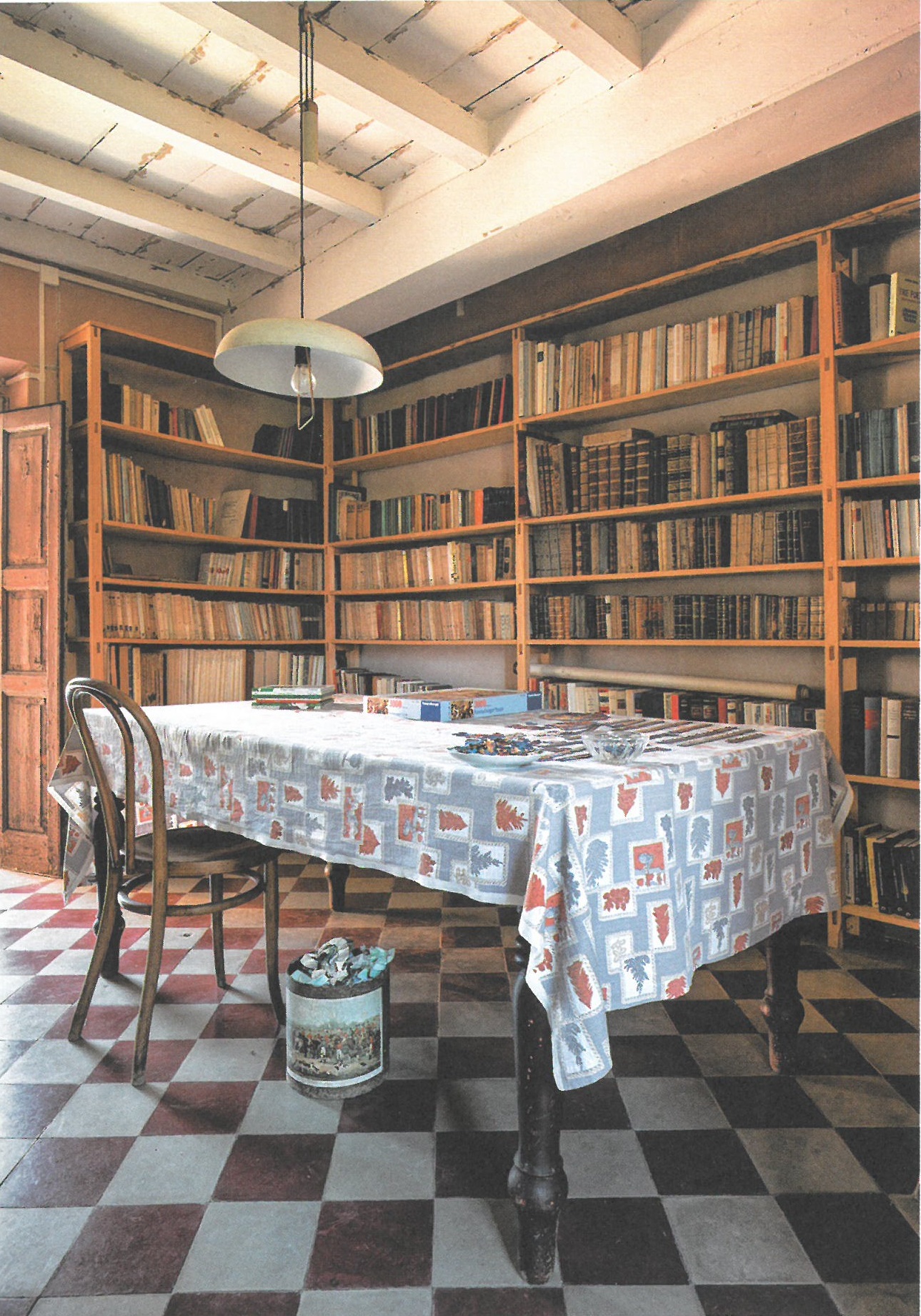
Similarly, in one of the tales of Euridice aveva un cane (1993) Mari imagines an autobiographical young boy who in the library can hide from the threats of the outside world, and escape the precariousness and uncertainty of life, contrasted by the stability of objects:
It was precisely to look at the world around me as little as possible that in the last years I almost didn’t exit the library, where at least everything was as it used to be, the time-yellowed books and the damp stains on the wall.
But once again, what is supposed to be a shelter undergoes an eerie twist. The shelter becomes a prison: Mari finds himself literally trapped in books. And the evil wizard who provokes the entrapment is his father.
Enzo Mari, Michele’s father, is a renowned designer. He is also a pretty tough, unemotional, dogmatic man. The father-son relationship has always been troubled by Enzo’s rages, silences, and strict educational beliefs. In Leggenda privata Mari writes that the temper of his father ‘is situated at the junction of Moses with John Huston’, a popular actor in gangster movies. And he adds: ‘the specific quality of my attitude toward him is ADMIRED TERROR’, with capital letters.
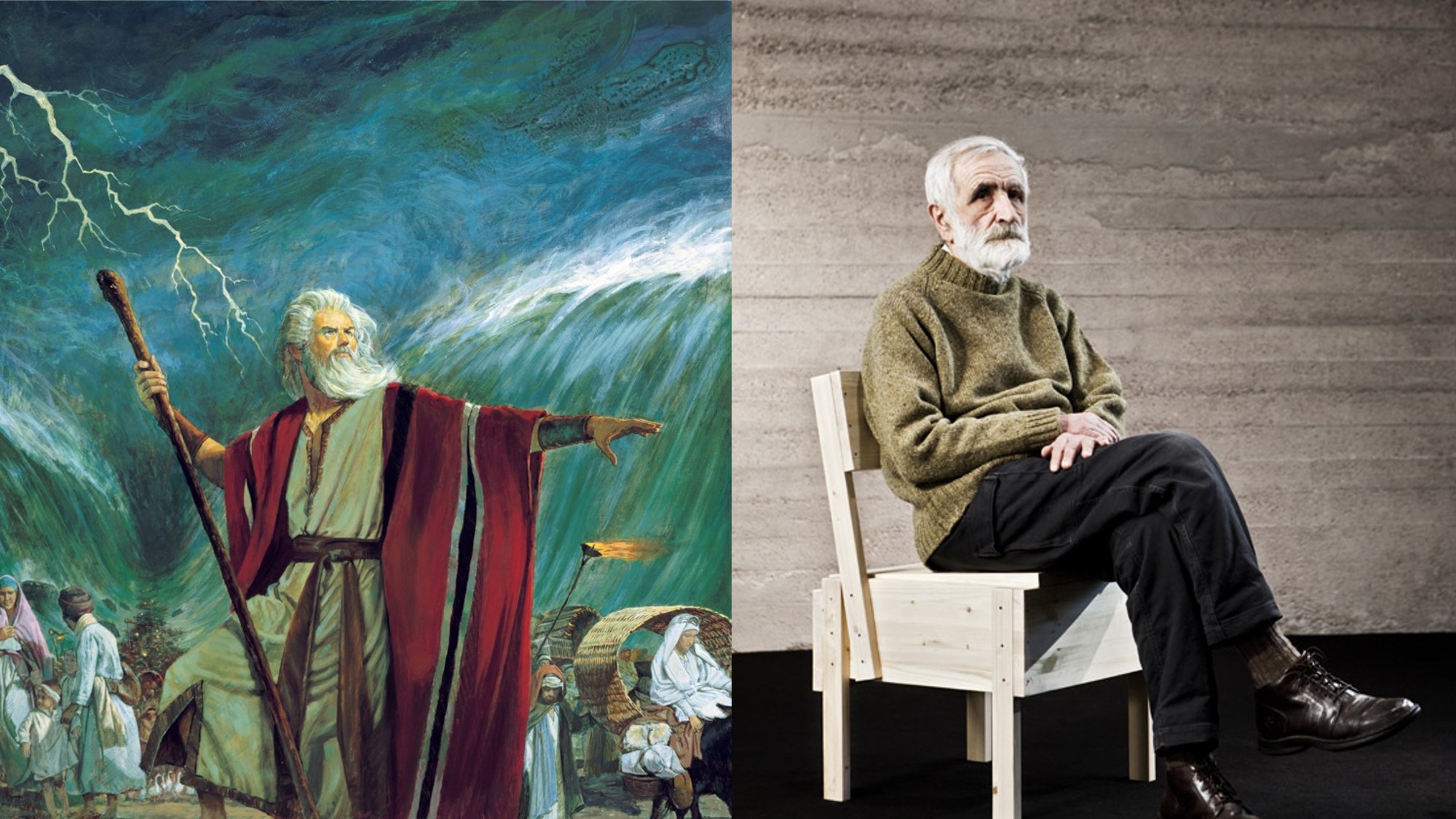
In 1966 Enzo Mari was asked to design the cover of the Italian edition of a book by the child psychologist Jean Piaget, The Child’s Conception of the World. To realise the cover, Enzo uses the multiplied image of his son Michele, the future writer. Whose comment in Asterusher is: ‘prisoner of one book, prisoner of the books’.
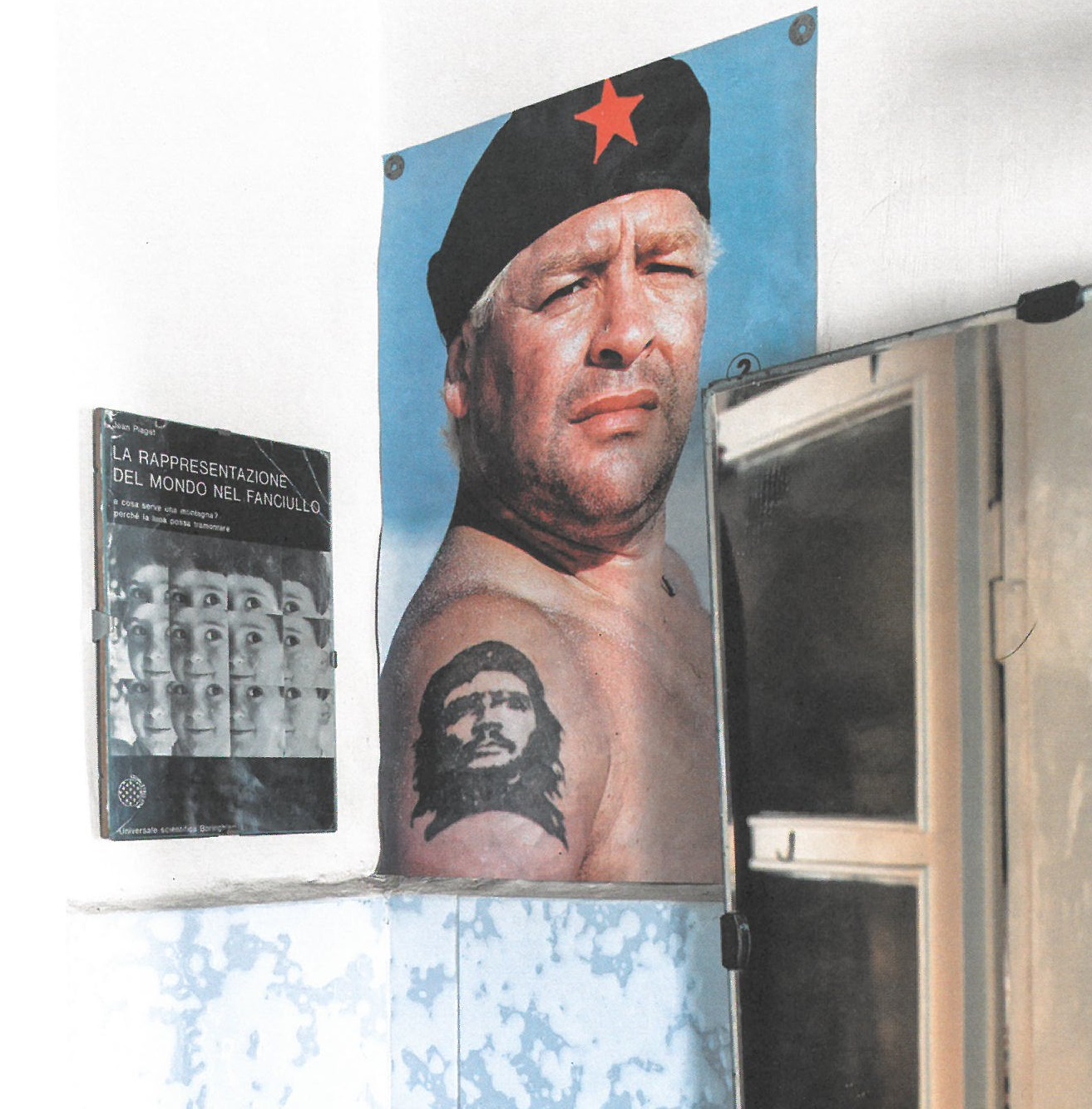
Forever imprisoned, and forever a child. The father established the material, physical bond between Michele and books as objects. But also, the father has stuck the son within the child’s conception of the world, as for the title of the book.
In the tale Il giro del mondo, Mari imagines a dialogue in which his mother tells him: you’re not anymore the baby you used to be, that baby died. His answer is:
No! This is the point; I still have the same fears, I’m still there, as the baby of the talcum powder’s jar, laying in the nurse’s lap surrounded by those liberty flourishes.
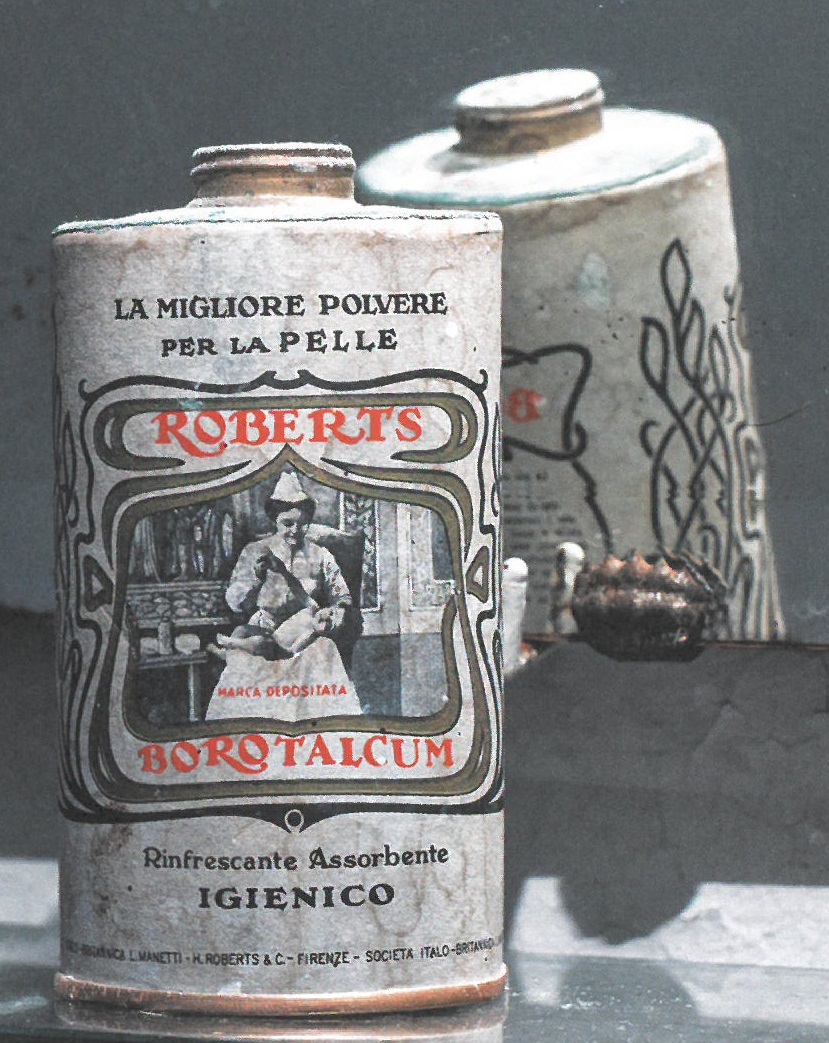
The never-ending childhood has his major witness in the teddy-bear, which appears in the tale L’uomo che uccise Liberty Valance:
… the love of all loves, the teddy-bear, which I called with the tender name orsino, my bear made of grey ripped yellowed cloth, stained, blinded, peed-on, crushed.
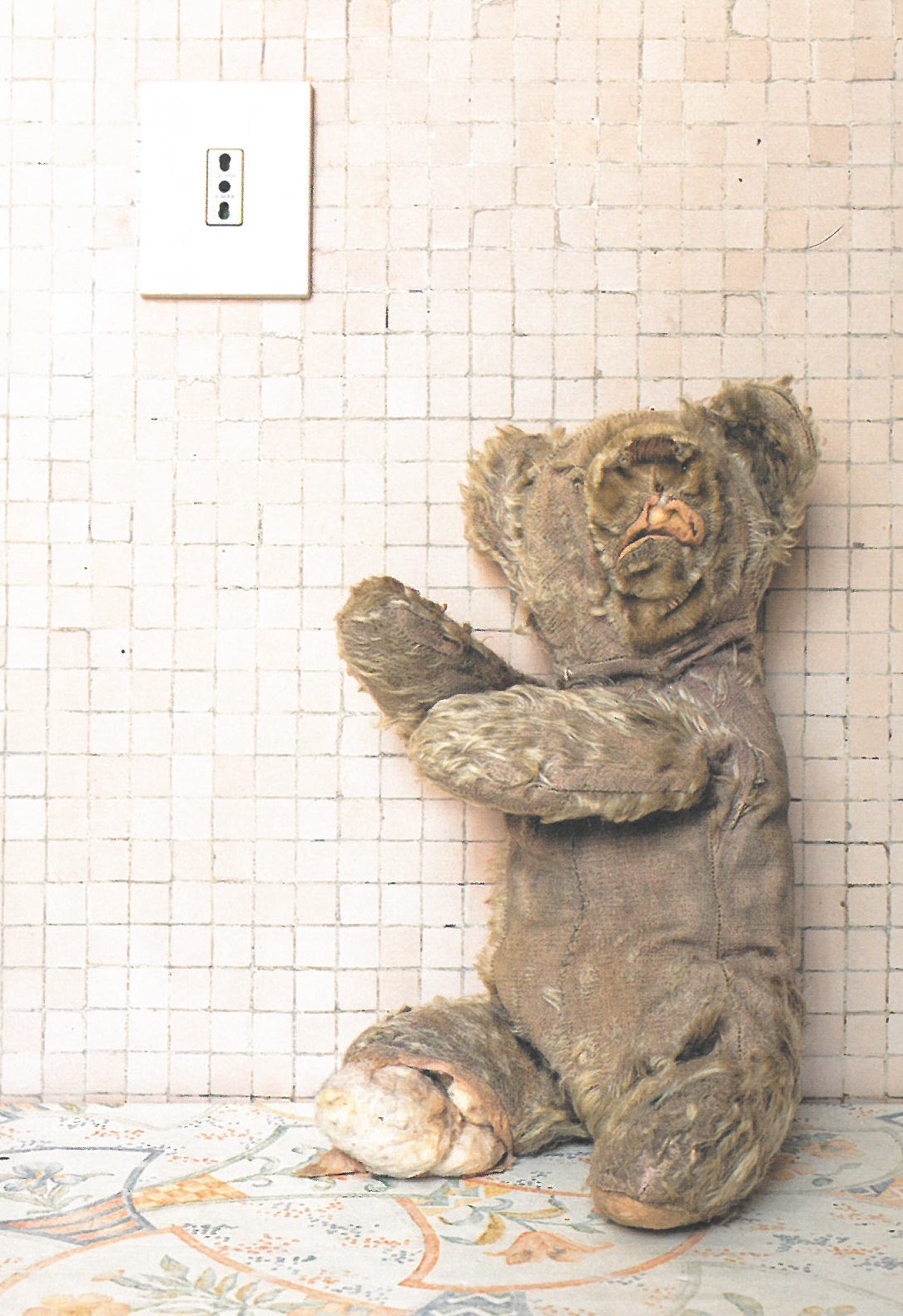
In this tale, the father is the “guardian” of the teddy-bear, the one who returns it to the adult son to remind him that, despite being ruined by time, the toy is stubbornly alive and present, as much as the memories it conveys. The father is the master of toys because he is the master of emotions and also, as a designer, the master of objects. He doesn’t play with his son, but he designs worldwide popular toys, as mentioned in Asterusher:
My father’s Sixteen Animals, now exhibited in museums all over the world, had a prototype: this. In the first years of my life, I continuously played with them, lodging and dislodging pieces, moving and combining them in always new stories, throwing them, colouring them, carving them.
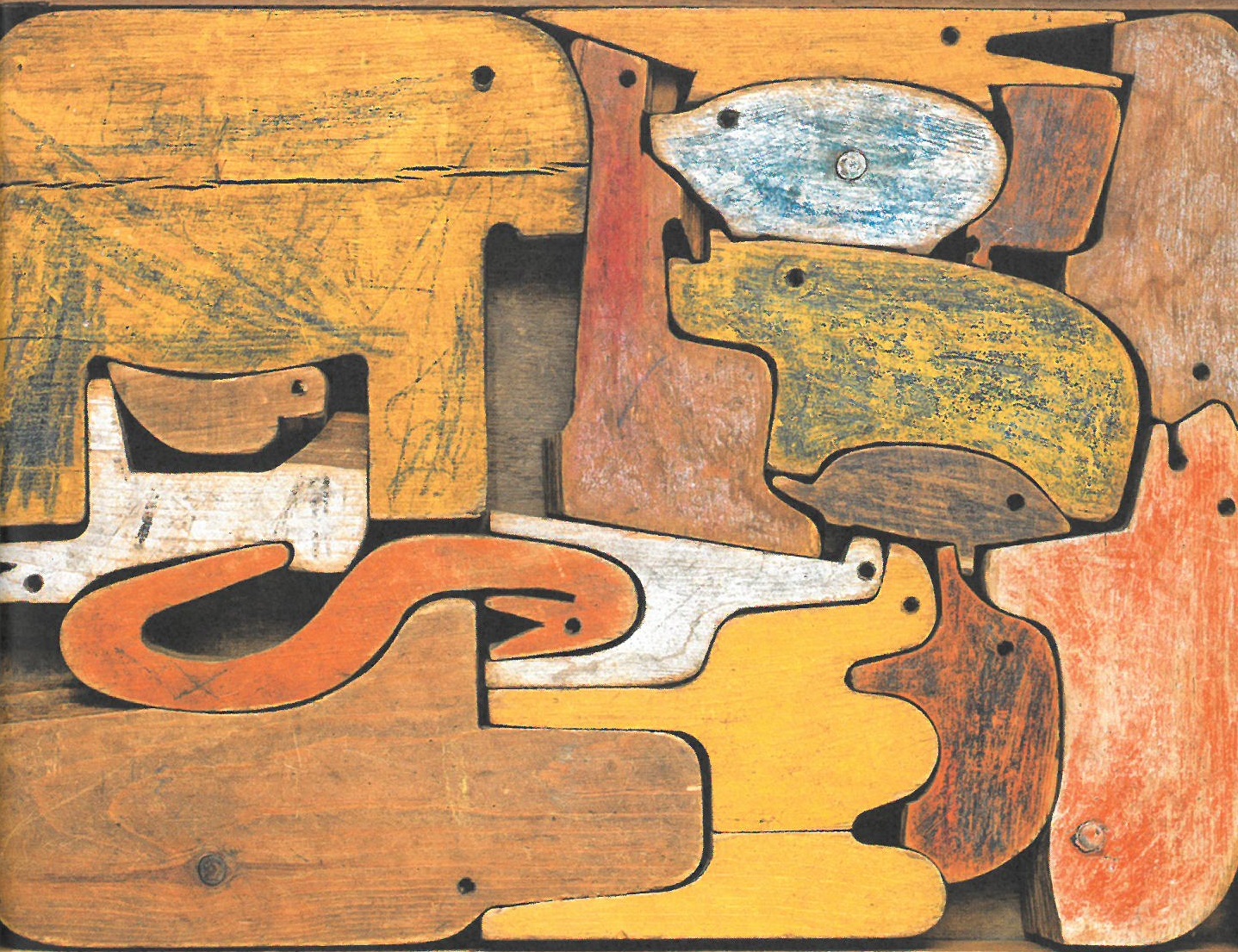
While being a substantially undemonstrative, uncaring parent, Enzo puts all his creative energy and passion in designing meaningful objects, in shaping useful things. As a consequence, his son, the writer, is obsessed with objects and entrusts things with an overwhelming emotional energy. Objects are literally alive for him because they are inhabited by substitute feelings, the feelings he can’t exchange with his father. Fetishes are simultaneously the embodiment of his psychological traumas, and the antidote to them, particularly when elaborated in writing.
Indeed, the emotional intercourse with objects also influences Mari’s mind as a writer. In these two heads his father showed him when he was a kid, Mari could foresee the recurring themes of his writing, his literary obsessions:
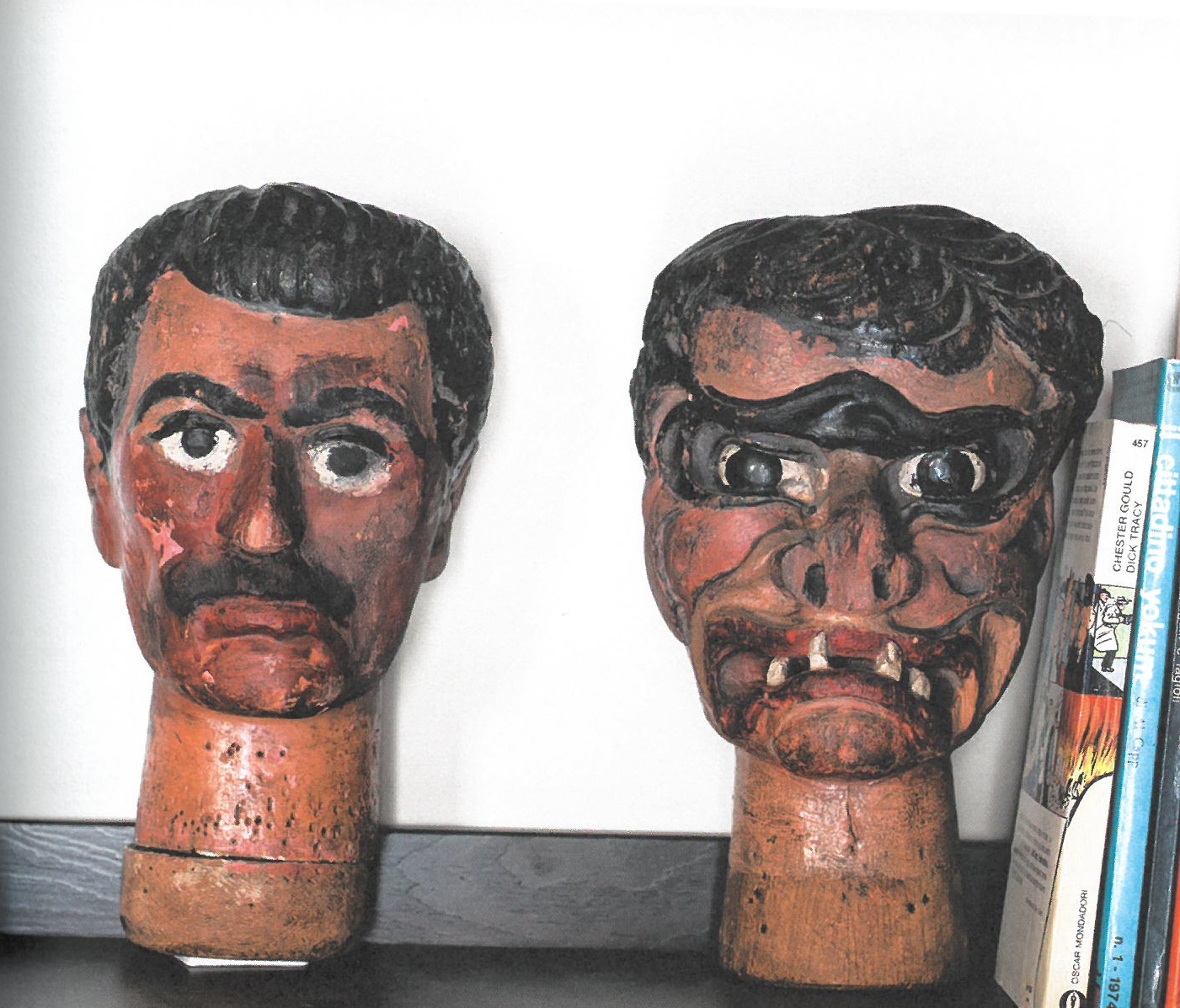
The first is the head of the man I used to call “the sir”: the second, which I always felt not just as opposed and antithetical but also as complementary, is the head of the “monster”. This sneering monster, before anyone told me the story of Jekyll and Hide, has always been to me the deformation of the “sir”, his tension and his destiny: if not his permanent truth. Hence the conclusion: the reassuring face was the face of deception, and the monstrous face was the face of sincerity.
The duplicity of human nature, the cohabitation of bestial and sublime drives, monstrosity and beauty, heavenly and earthly aspirations, is consistently represented in Mari’s major literary works, and particularly in his most complex novel, Di bestia in bestia (1989 and, in a deeply revised version, 2013).
Reflecting on his literary rendering of objects, in Leggenda privata Mari also states: ‘We are exactly this: our writing and our things’. But for him, the writing and the things end up coinciding. He fetishizes the material tools of writing, preserving the pens and pencils he actually used, as the materialization of his commitment, as the testimony of his strict self-discipline and loyalty to the past.
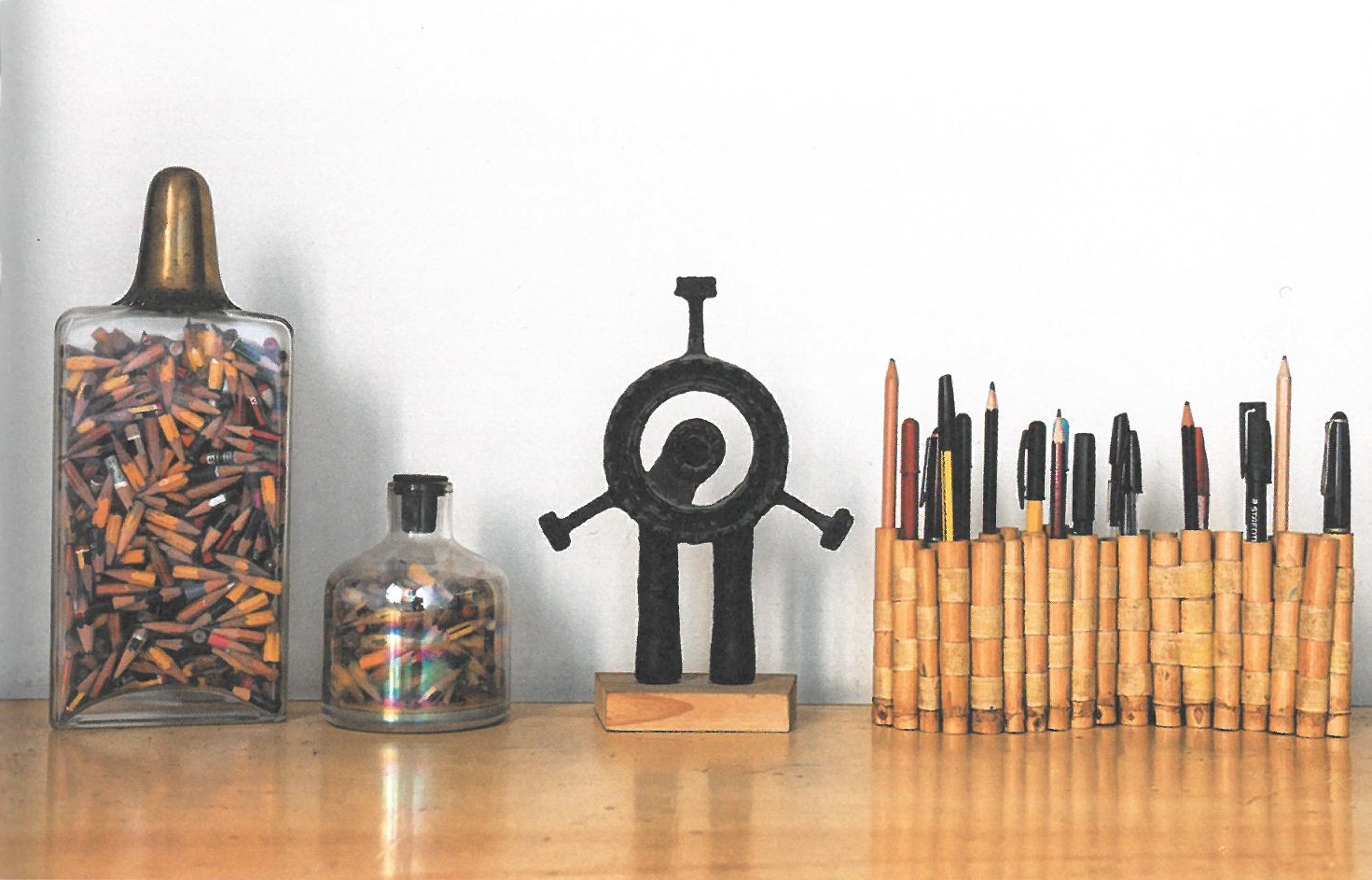
Judging from his attitude toward manic preservation, can Mari be described as a hoarder? Is his collecting comparable to what is referred to as hoarding disorder, that is, the pathological compulsive accumulation of things and a suggestive “metaphor” of our age on the verge of post-humanism?
I think the answer is no and this is important to understand what a fetish is. Despite his inclination to obsessive collecting, Mari’s emotional bond with objects is substantially different from indistinctive accumulation. Indeed, Mari conceives fetishism as opposed to hoarding: the fetish is about quality, it is the surrender to the unique and unrepeatable emotional energy of a single object; hoarding is about quantity, it is the surrender to the anxiety provoked by the overwhelming siege of things. Or, as proposed by Jane Bennett in her claim for a “new materialism”, hoarding is a way to listen to the ‘voice of things’, and the attempt to establish a new alliance between human vitality and the living energy of matter.
Though, the power of the hoard diverges from the vitality of fetishism. This becomes more evident when Mari’s rendering of emotional objects is compared to other examples of object-oriented narratives in post-modern literature. In Safran Foer’s celebrated novel Extremely Loud, Incredibly Close, for instance, characters accumulate objects while engaged in life-repairing researches. But their accumulation is a clearly misleading way to fight insignificance. The object’s supposed meanings are deceitful. Safran Foer’s characters are close to the hoarding disorder; they look for quantity because they can’t find quality. As the hoarder, they can’t find meaning in a single object; oneness is untrustworthy, no object is special.
For Mari, instead, the meanings embodied in objects are truthful. Objects are conserved, described, worshipped because of their absolute and unmistakable emotional quality. And they are trustworthy to the point that they are expected to overcome time and death. Such as these creepy embalmed pieces of food:
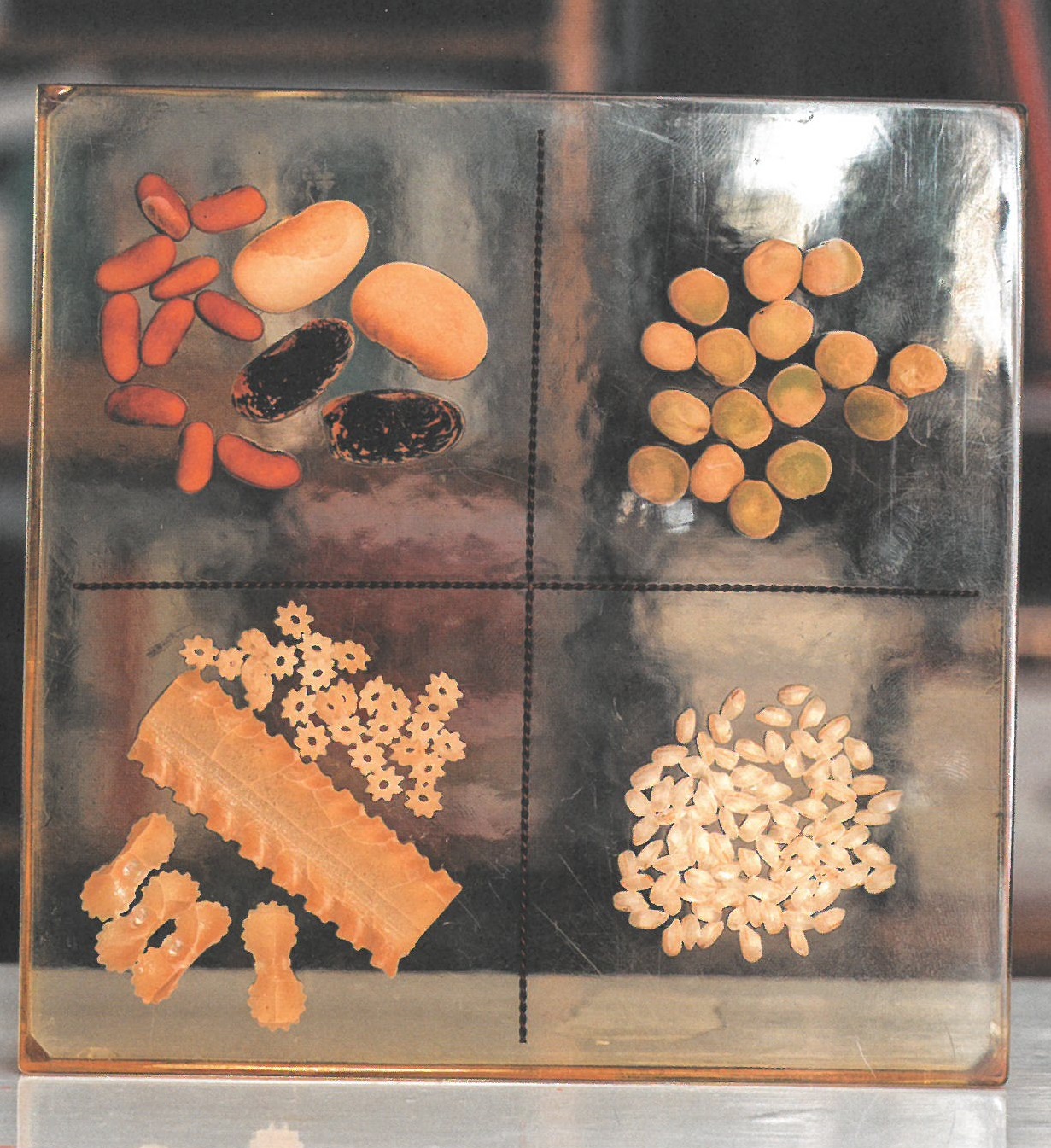
Arbitrarily abstracted by my father from time (and more matter-of-factly from our ingestion), these pasta and legumes became immortal, as insects in amber, as dead languages, far more alive after their death.
The disturbing suspect that objects can outlive us is also expressed by Franz Kafka in his tale The Cares of a Family Man, whose fundamental character is the Odradek, a mysterious creature, as the narrating voice calls it, a living thing which inscrutably intersects human life and unclearly interact with it.
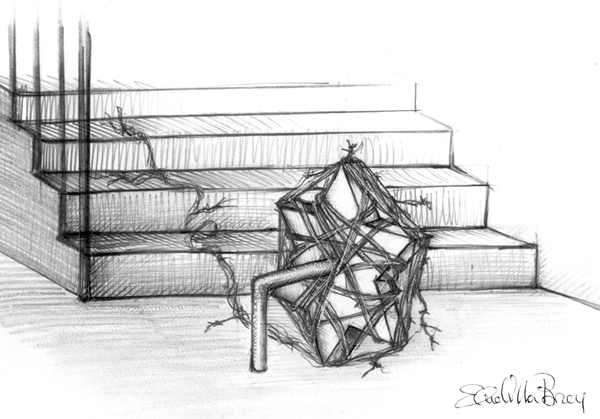
Odradek is a star-shaped spool for thread, with broken-off bits of thread wound upon-it. Thanks to two wooden crossbars, he (Kafka refers to Odradek as he) can stand upright as if on two legs. He appears in several places of the house, garrets, stairways, lobbies, entrance halls. Then disappears for months, but he always comes faithfully back. Sometimes he speaks and utters his strange name, sometimes ‘he stays mute for a long time, as wooden as his appearance’.
Odradek embodies the paradox of emotional objects I mentioned earlier, which implies their eeriness and ambiguity. Objects seem to absorb humanity and almost learn human-like agencies, just to acquire a stubborn independence from humans. As confirmed by the final question of the tale:
Am I to suppose, then, that he will always be rolling down the stairs, with ends of thread trailing after him, right before the feet of my children, and my children’s children? He does no harm to anyone that one can see; but the idea that he is likely to survive me I find almost painful.
In this contradiction lies the mystery of emotional objects: we simultaneously fear and hope that the living spark we put in them is going to survive us.
Emotional Objects was the Centre for the History of the Emotions’ contribution to the 2017 Being Human festival. This drop-in festival-style event explored emotions and how they are shaped by the objects around them.
